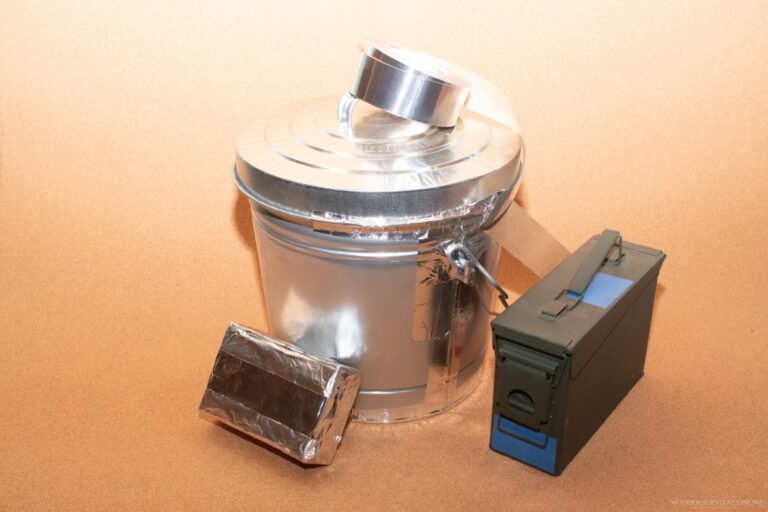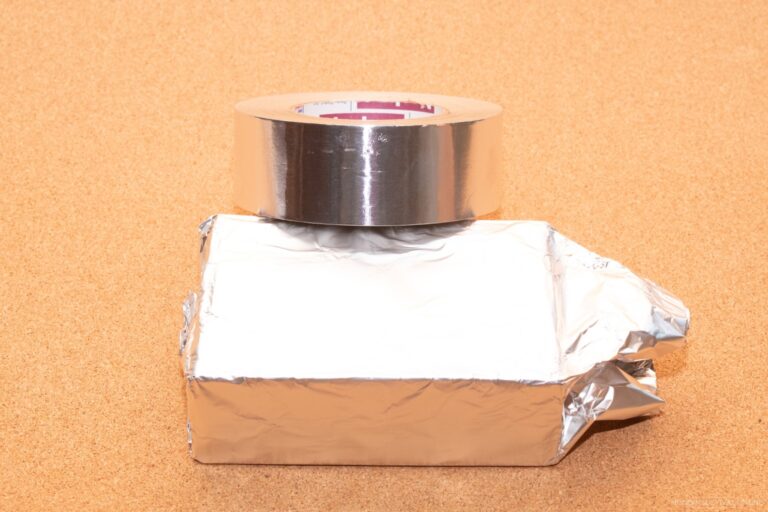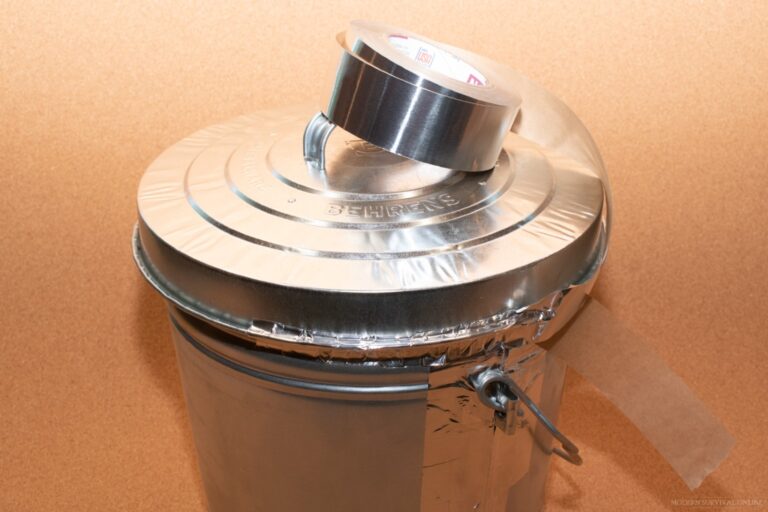An electromagnetic pulse (EMP) is incredibly destructive for electronics, as it renders them inoperable.
It is a primary concern amongst the various prepper communities as our reliance on electronics puts us at a disadvantage if an EMP were to go off.
If all of your electronics are going to be fried from an EMP, then what about the batteries that power them? Does an EMP affect the performance of various battery types?
No, the majority of batteries will not be affected by an EMP of any size. This applies to lead-acid, alkaline, nickel metal hydride, and lithium-ion batteries. Any electronics attached to the battery, such as a charge controller, will be ruined.
There are ways that you can protect your batteries in case of an EMP as there is a slight chance of things going awry, especially if there are electronics involved.
Let’s take a closer look at why batteries are generally safe from an EMP.
How Does An EMP Work?
EMPs are more common than you think, often occurring in nature through lightning strikes and from solar flares, also called coronal mass ejections. A solar flare large enough could effectively disable the planet indefinitely.
Even modern technology has weaponized it into a bomb that can target specific areas.
Nuclear bombs are also quite capable at knocking out power grids and electronics across incredible distances, and can be used effectively as EMPS.
Luckily, aside from testing, these kinds of bombs are used as a last resort since their destructive capabilities are so extreme.
After the initial nuclear explosion, if it’s not destroyed, the electrical wiring from the local hydro grid will absorb the energy and subsequently burn through all of the power stations on the continent by traveling along those various wires.
The after-effects of an EMP will be dependent on the strength of the blast. A small EMP might cause interference, such as you would hear from your radio when it starts to crackle.
Stronger discharges can cause actual arcs of electricity which damage electronic components. This is especially devastating to magnetic parts like those found in computer hard drives.
The strongest EMP blasts, like those from a nuclear explosion, can wipe out entire areas, leaving many city centers electronically crippled.
What Happens To Batteries After An EMP?
The battery itself is enclosed in metal and there are no wires inside that could potentially be destroyed making it pretty much impervious to an EMP.
A lot of modern electronics don’t use regular batteries anymore which poses a problem.
The batteries may survive an EMP but the electronics that they’re integrated with won’t.
Lithium-Ion Batteries
Lithium batteries are a prime example of where the battery itself will survive, but the attached circuitry more than likely will be destroyed.
Some deep-cycle lithium batteries have technology built into them that enables them to be drained for longer periods, usually called a dormant state.
This circuitry brings the battery back to life without any detrimental effect, however, an EMP might disable that function, killing the battery.
Additionally, the surge from the pulse may overload a lithium battery cell if it’s not stored in a faraday cage.
How To Store Your Batteries To Protect Against EMP
Most batteries that are inside their cage will have enough protection against an EMP but there are some additional precautions you can take.
A lot of the defenses against an EMP are right in your own home already using simple tools and structures.
Faraday Cages
This is the most common solution for protection against an EMP blast.
You can make them in two ways, one where the surface is covered by a single application of conductive material, whereas the other way is to create a mesh of conductive material.

A collection of faraday cages protecting your most vital electronics
The idea behind it is that the opposing electromagnetic pulse cannot penetrate the cage since there’s a barrier that generates a field that opposes any other charge.
There is speculation that a microwave oven makes a good faraday cage for cell phones or other small electronics, and while that is possible, you would need a commercial-grade oven since the cheaper ones can still be affected.
Let’s take a look at some DIY options that are relatively effective in preventing electrical charges from penetrating your devices.
Keep in mind that these will not replace true faraday cages and even a well-built cage can still be affected by an EMP wavefront.

Wrap the box in two layers of tin foil
Tin Foil
Aluminum foil offers modest protection against EMPs and is a great budget option.
Simply wrap a cardboard box in aluminum foil (completely seal the box) and line the inside with bubble wrap.
Ensure you use heavy-duty foil as the regular stuff can get damaged easily due to how thin it is.

Seal up the seams on the outside of the can, especially the long seam between the lid and the can
Metal Garbage Cans
Another great option is to use a metal garbage can that can be sealed. Just like with the tin foil you want to line your can with either bubble wrap or cardboard.
The metal in the can is the conductor and the inner lining protects the contents from zaps.
Metal Garden Shed
If you’ve ever been in a building and lost cell phone service then you were effectively inside a faraday cage.
Building a metal shed that is completely sealed and not connected to anything is doable with some extra work.
But retrofitting an existing structure might be too much as you have to account for wiring, the foundation, and the thickness of the metal sheeting.
Frequently Asked Questions
Protecting your electronics from an electromagnetic pulse is important, here are some of the most common questions we get about EMPS and electronics.
Will battery-powered electronics survive an EMP?
No, batteries may be protected but electronics are not unless you use a faraday cage.
What won’t EMP affect?
Anything that does not have electronic circuitry will be spared from an EMP. Whether the effect is temporary or not depends on the intensity of the blast.
Can an EMP destroy a solar panel?
No, a solar panel has no electronics in it. Any charge controller attached to the panel will be affected.
By: Perrin Adams
Title: So, Do EMPS Affect Batteries?
Sourced From: modernsurvivalonline.com/do-emps-affect-batteries/
Published Date: Fri, 17 Feb 2023 14:30:00 +0000
------------------------
 What is BushcraftSurvival SkillsToolsVideosBushcraft CampsBushcraft KitsBushcraft ProjectsPrivacy PolicyTerms And Conditions
What is BushcraftSurvival SkillsToolsVideosBushcraft CampsBushcraft KitsBushcraft ProjectsPrivacy PolicyTerms And Conditions
